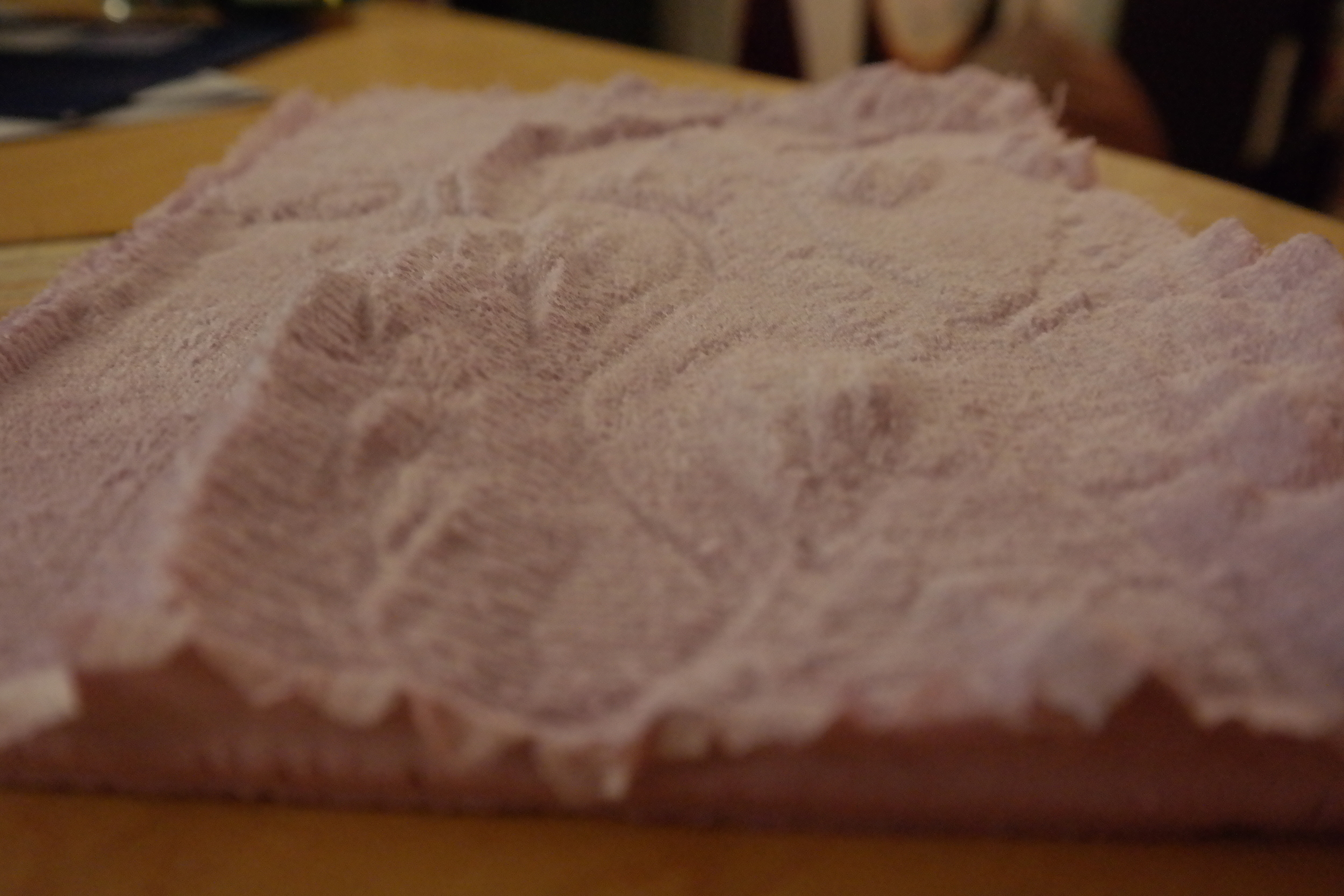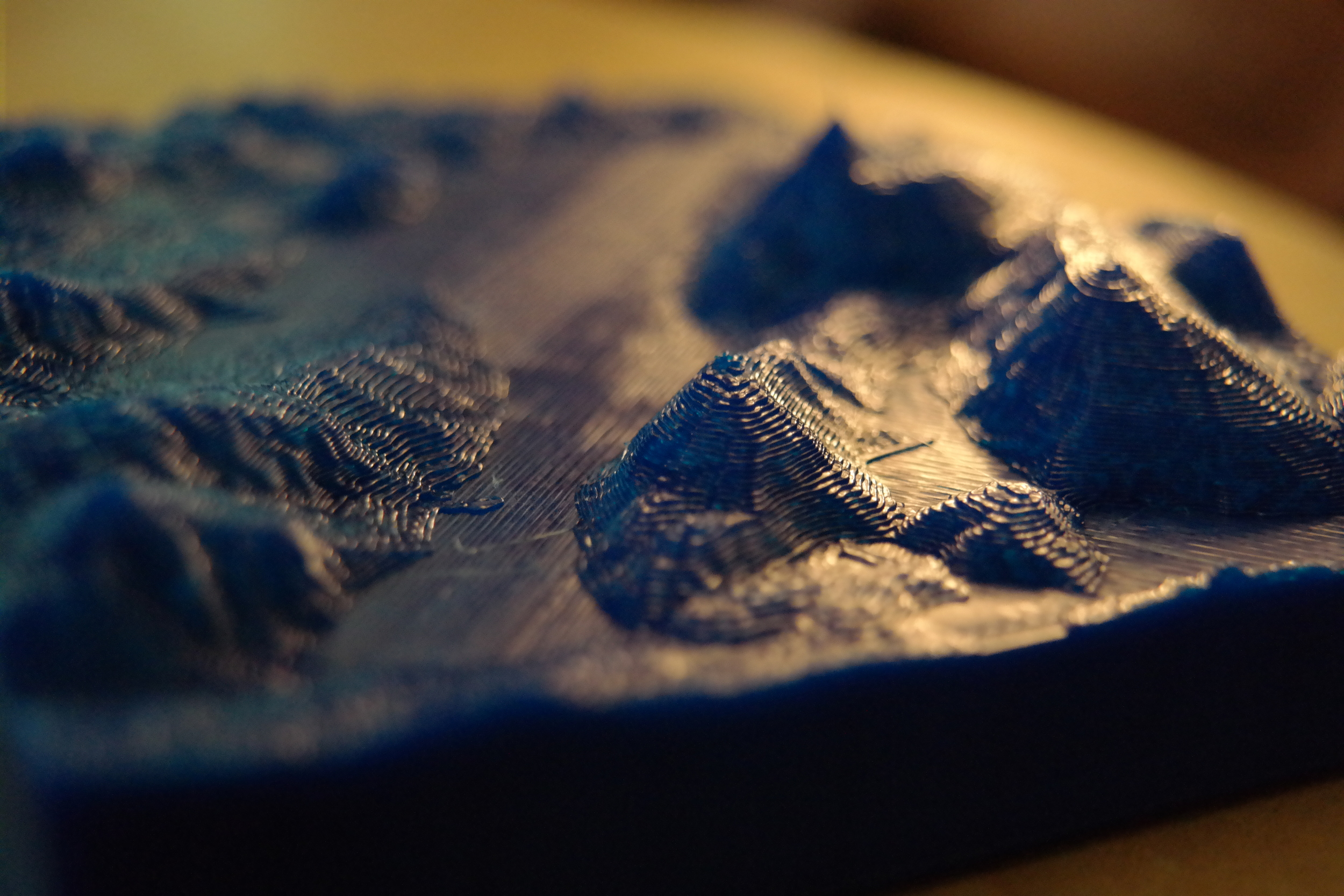Watch Eric's presentation on Dynamic Components at SketchIUp Basecamp 2014
Read MoreBlog
SketchUp 2015 is here!
That's right! The latest and greatest version of SketchUp is here for all to download. Here are some of the headlines on new features:
SketchUp is now 64 bit
Face Finder is improved
3 Point Arc Tool
Rotated Rectangle (Awesome!)
Fast Styles
LayOut
64 Bit!
Spell checking finally comes to Windows (8 and later only)
Tons of speed improvements and bug fixes
New label tools
If you want to dig deep, you can read the release notes here.
We'll be going over more of these improvements and tools soon. For now, go get 2015!
Sketchup Import into VCarve
Learn how to bring your SketchUp models into VCarve for milling.
Read MoreTerrain Models
Just the other day I wanted to 3D print, and CNC mill some terrain out onto different materials. The idea here is to use Sketchup to create the terrain, and then send it out to different tools to make the terrain. The vision is to have the CNC mill make large swaths of terrain on foam or wood, and then use the 3D printer for small things like buildings.
To do this effectively I wanted to be able to use Sketchup. Sketchup allows for easy scaling of objects, and also has the "sandbox" tools that allow for roads and buildings to be stamped into terrain.
Challenge 1: Getting terrain models into Sketchup
This was not as easy as I thought it would be. For several versions now Sketchup has had the ability to import Google Earth terrain. While this does work, and you can mill it, you are only allowed to bring in very small plots at one time. This can make it nearly impossible to do a whole mountain at once. Even a state as small as Massachusetts could require 50 imports. I wanted a better way...
Sketchup has a little known importer called DEM. DEM stands for "Digital Elevation Data"
“The 7.5-minute Digital Elevation Model (DEM) data files are digital representations of cartographic information in a raster form.”
The DEM files can be easily downloaded from this website.
Before you complete the import, click on options:
Set your "points" for import to 9,999. if you don't, the default will be a very bumpy terrain import.
Once you've imported your model, you'll get something that looks like this. This may look a little flat, we can fix that using the Scale tool in Sketchup. Click once to highlight your terrain, and click the Scale tool.
You can see when you scale it vertically you get much more definition in the terrain. A scale factor of 4 can be seen here.
You may notice that Sophie, who is life sized in Sketchup is really small now. That's because this terrain comes into Sketchup full scale. For our purposes here we're going to want to scale this down, a lot. If you bring this into Aspire or MakerWare it's going to be so huge it may be difficult to figure out what's going on. Thankfully this is really easy in Sketchup.
Double click your terrain to enter it's group. Once you do that, click on the tape measure tool and measure from point to point. This terrain is over 35,000 feet on the short side! Once you click for the measurement, just type in how wide you want it to be. In this case I made it 6". You can see after I press enter that the terrain shrinks to a more manageable width.
Once you've done the scaling, you can export the terrain to STL. Now you can bring that file into Aspire for CNC milling. (I did mine on the Handibot). You can also bring that same STL into Makerware for 3D printing.
STL Ready for 3D printing
STL ready for CNC milling in Aspire
The results? Great! You can see in the gallery below I 3D printed, and CNC milled this section of terrain. Having Sketchup as the nexus for this 3D models is fantastic. I could see an architect or a city planner using this method to print large parts of terrain with a CNC, and then doing buildings and other obstacles with the 3D printer. You could make sure they are all scaled properly using Sketchup.
Some considerations:
The way this works is that you start from a full scale terrain model and you shrink it down and then enhance it's elevation. If you were building a large map, and only had access to smaller CNC machines like a Handibot it would be wise to develop some rules for scaling. If you pick a particular scale factor for both the overall size, and the height enhancement you could mill lots of these "tiles" and stick them together for a huge map. Since the initial dataset (the DEM files) is uniform you could potentially farm this work out to something like 100kGarages and quickly get a huge terrain model done.
Visualizer for Sketchup
Visualizer for Sketchup is one of the newest render programs to come to Sketchup. If you've ever looked at rendering programs for Sketchup, you'll know there are a lot. Visualizer isn't going to win as the renderer for the next Avatar, but it certainly wins for being the easiest, most fun, and fastest I've used, by a lot.
Once it's installed, all you do is is just start it up, frame your shot by moving around in Sketchup, and let it run. Most renders take just a minute or two. Below is a gallery if a few that I just did in the past few weeks.
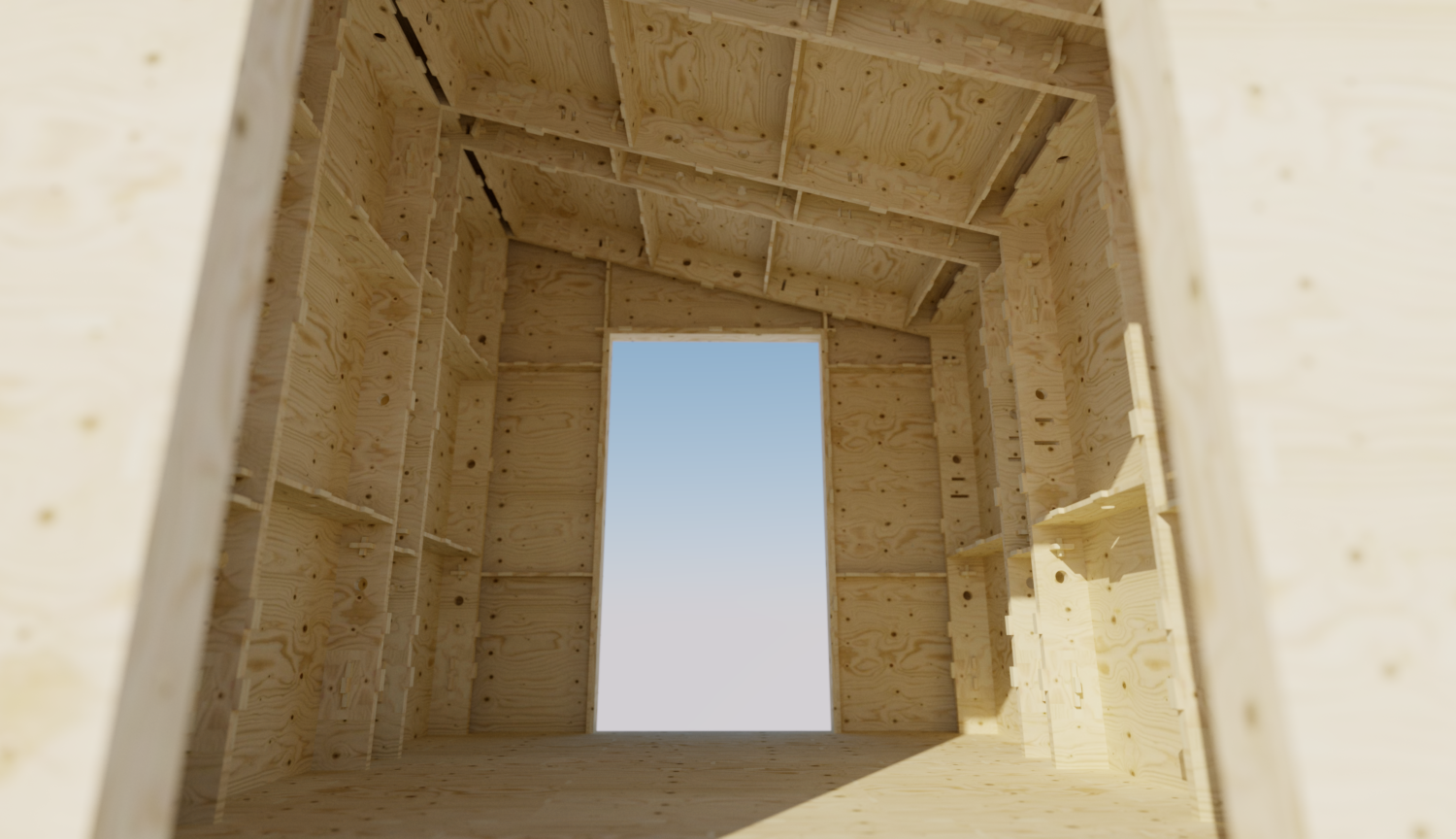

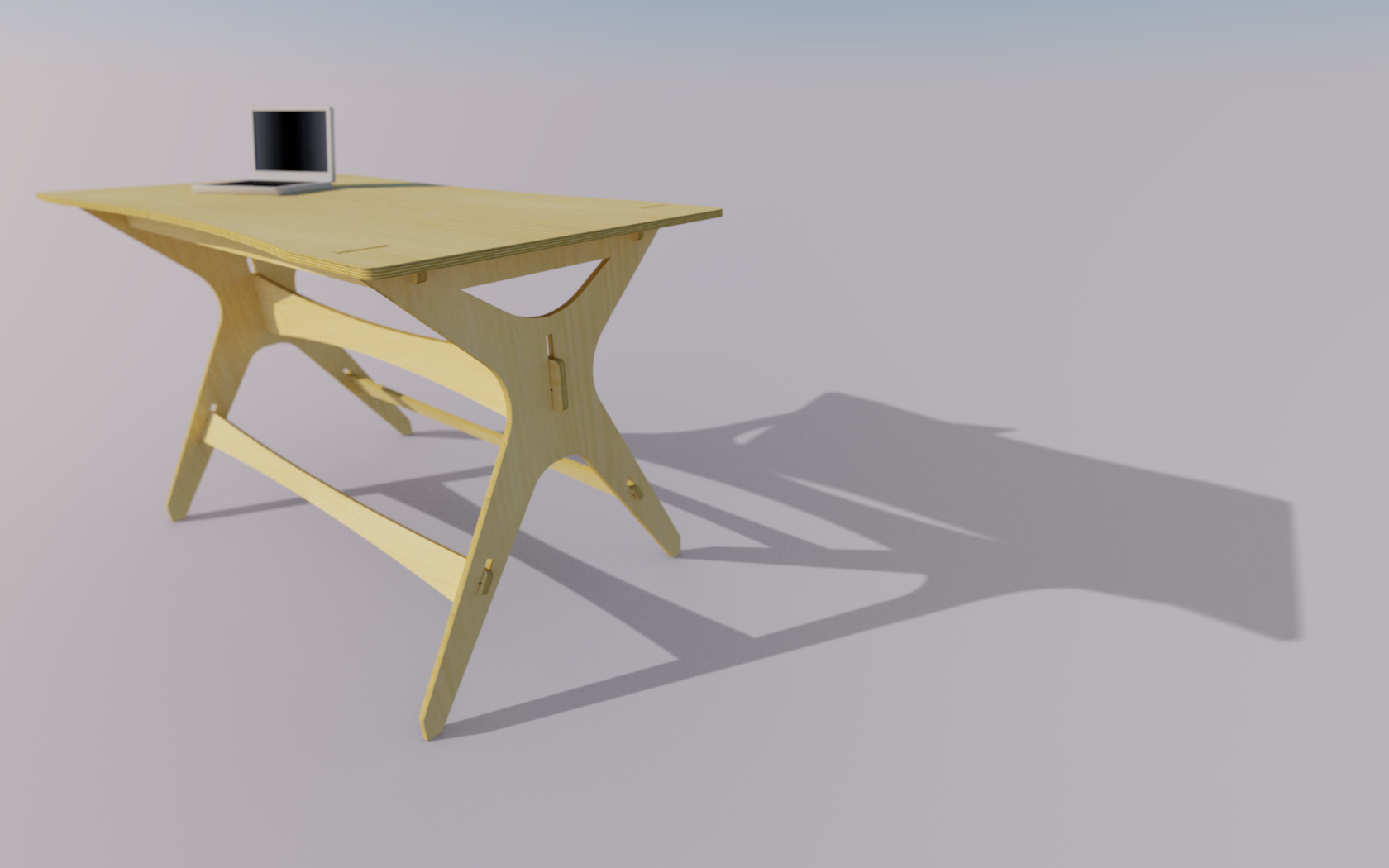
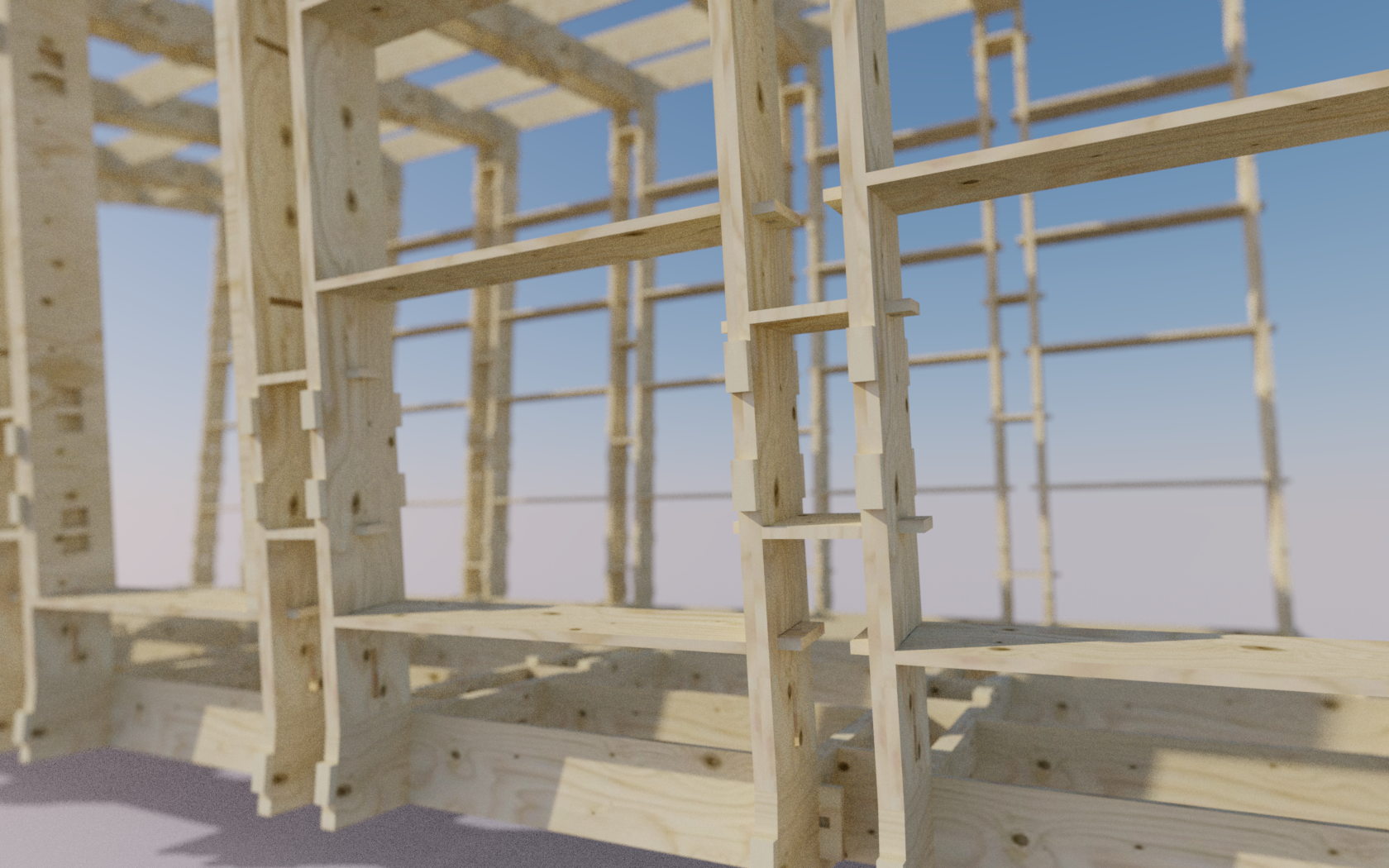
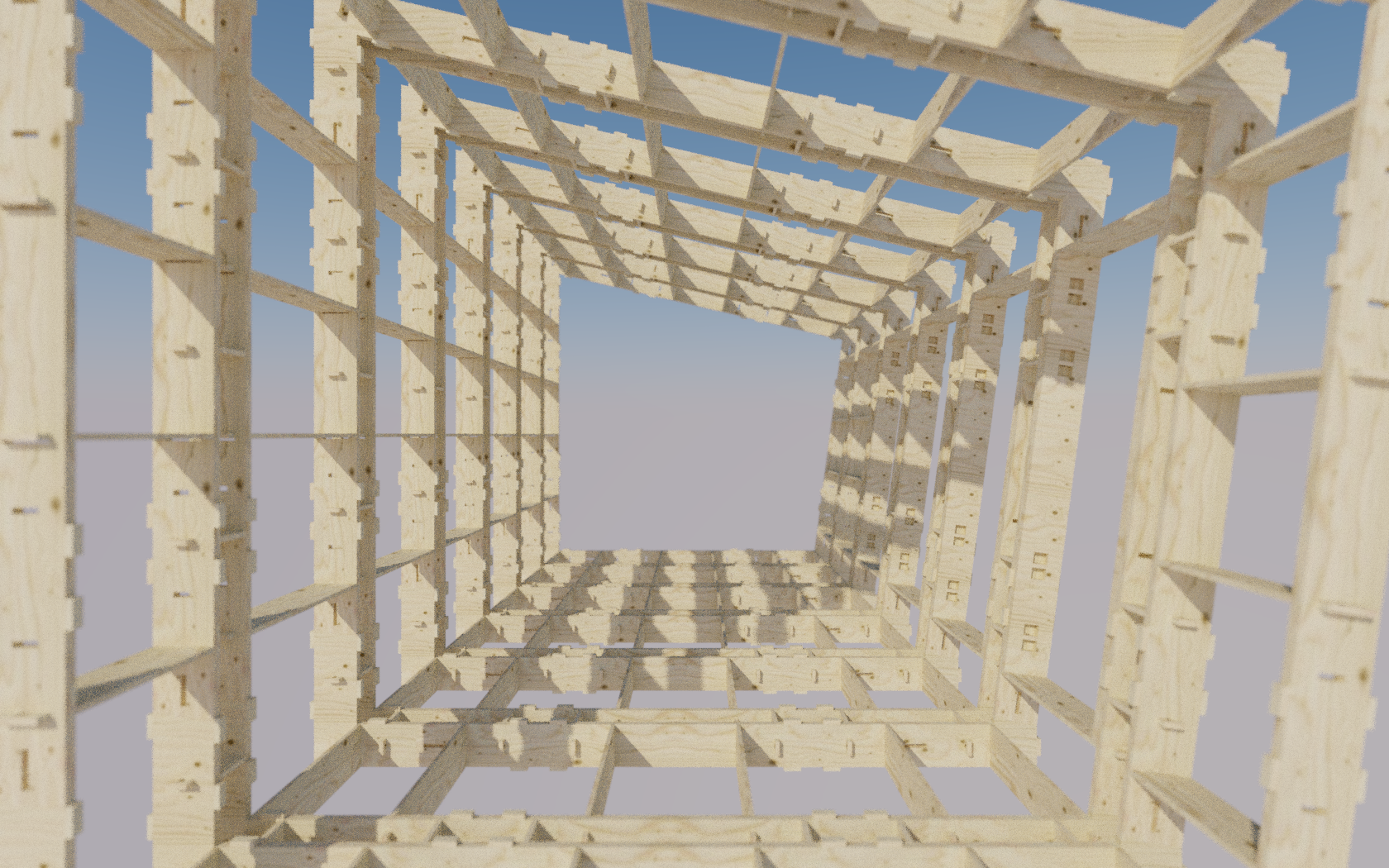


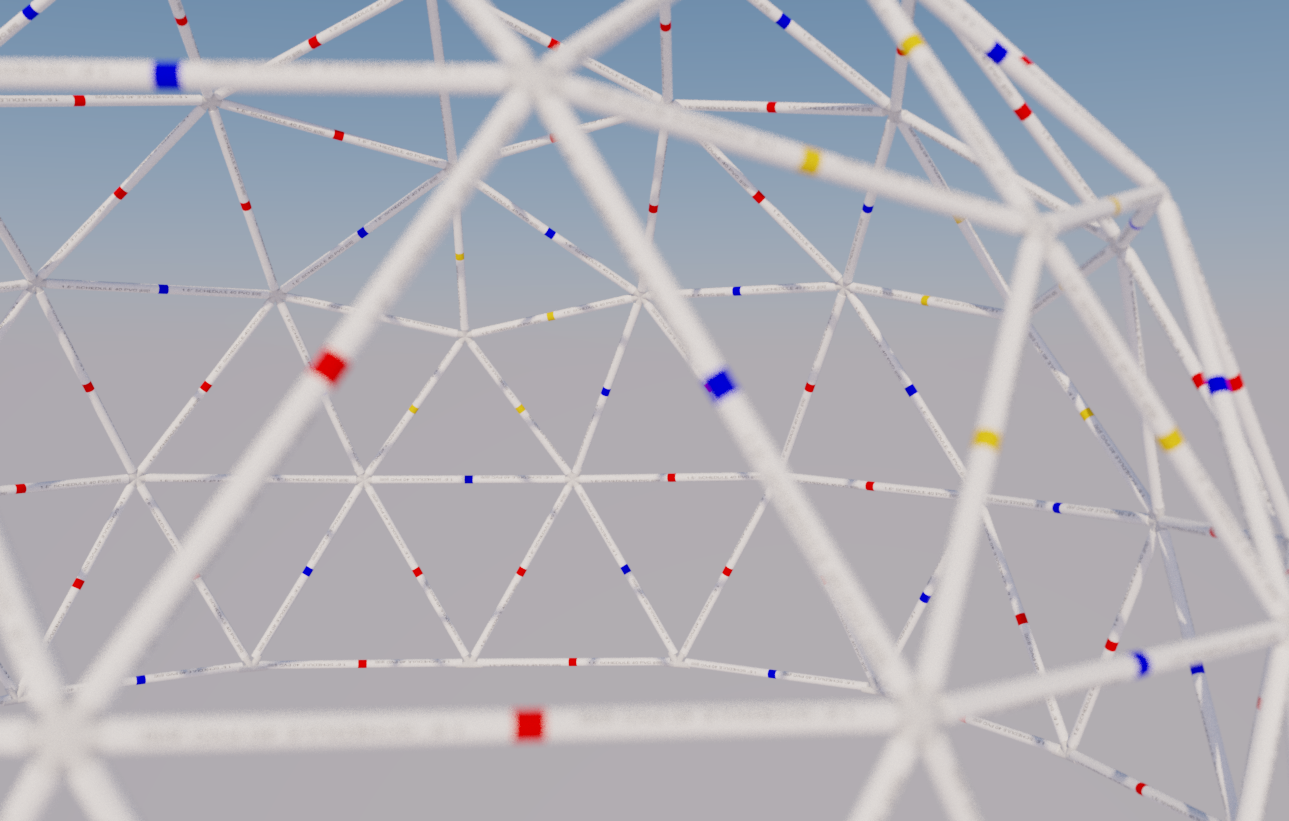
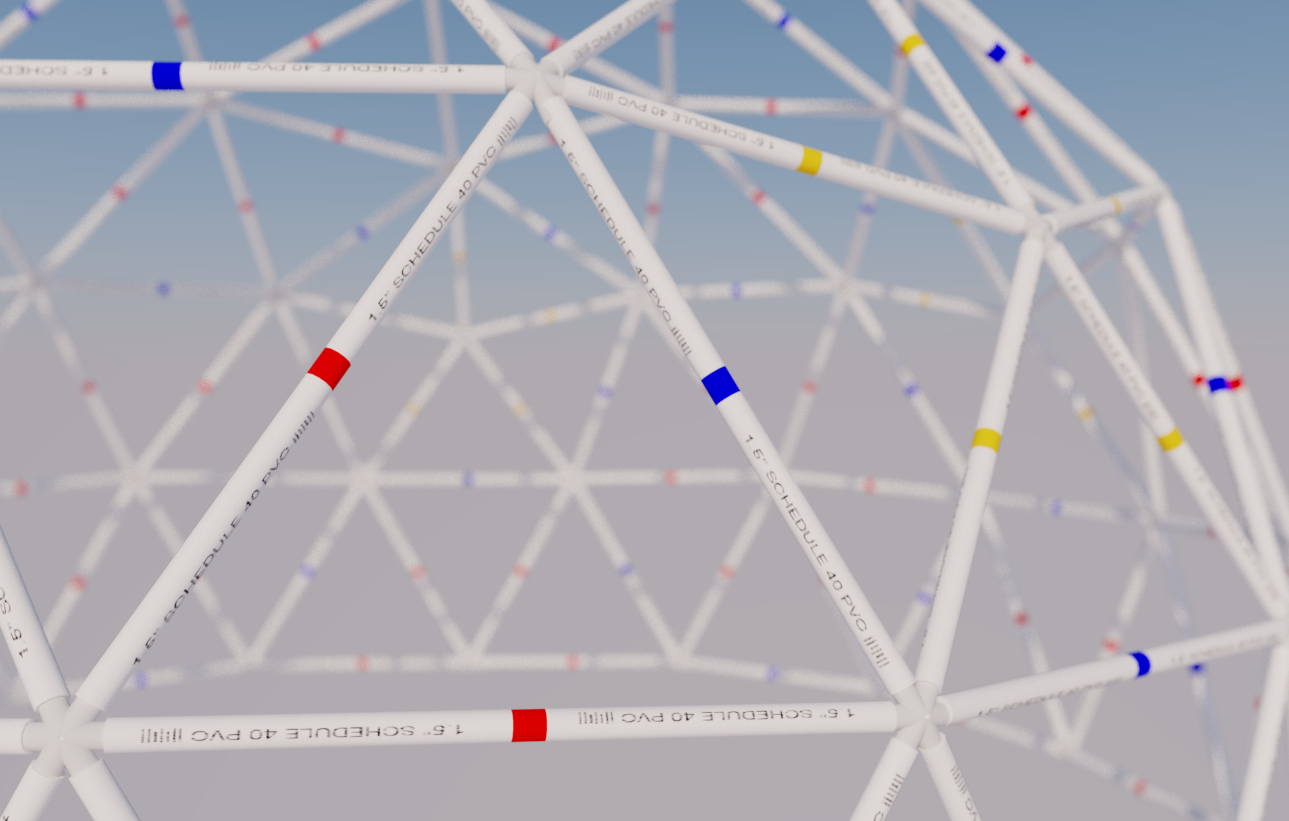
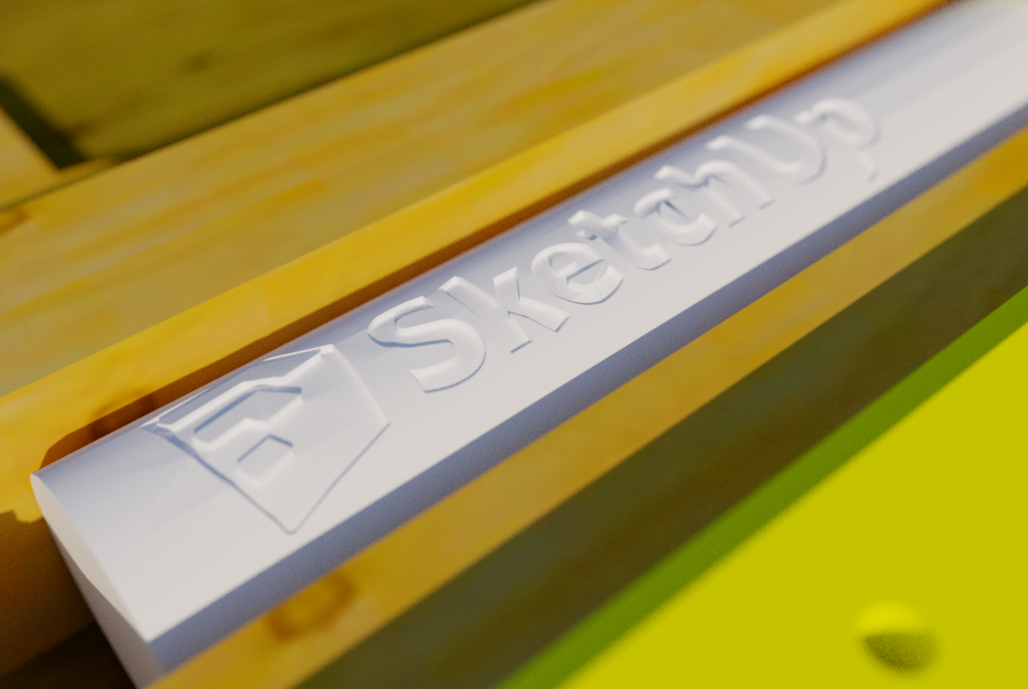

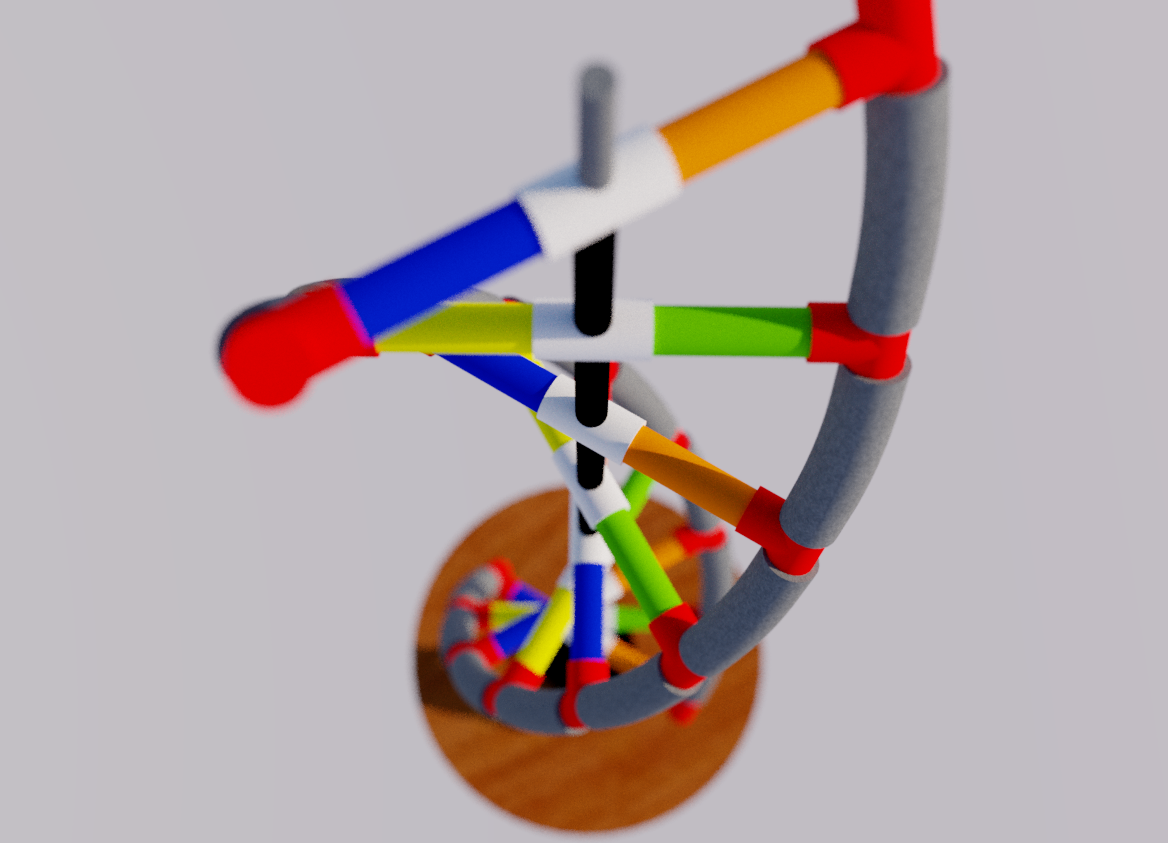
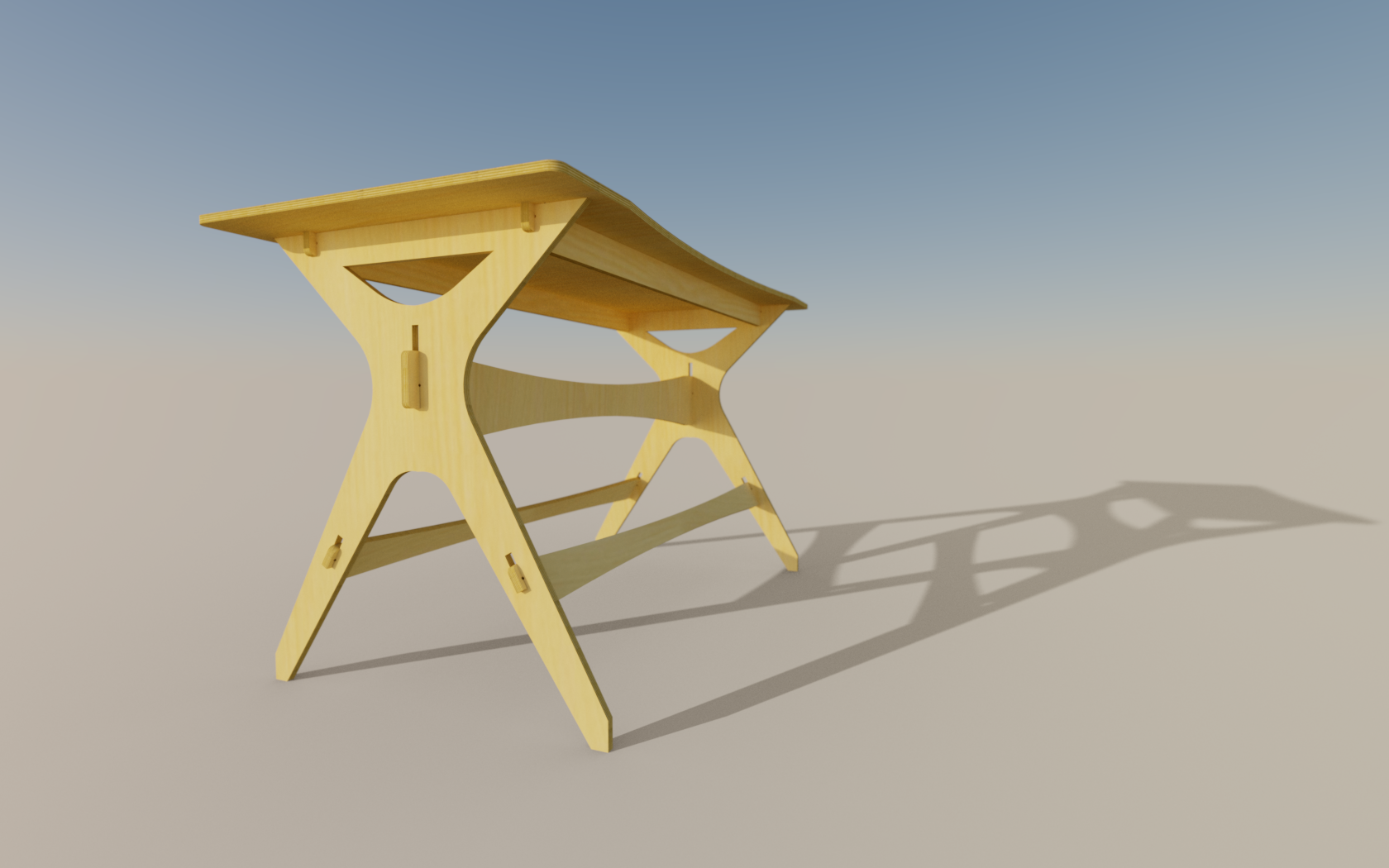
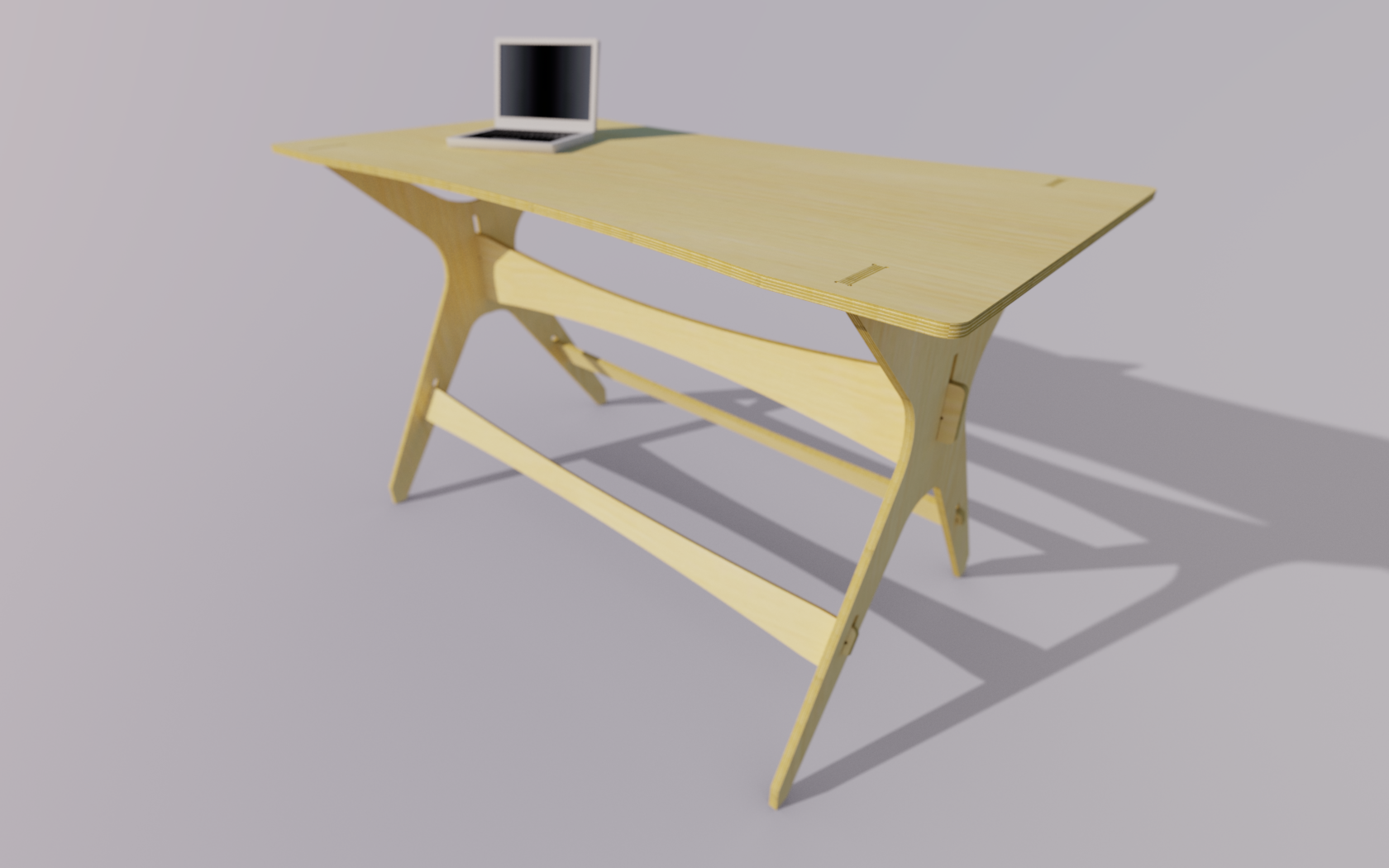
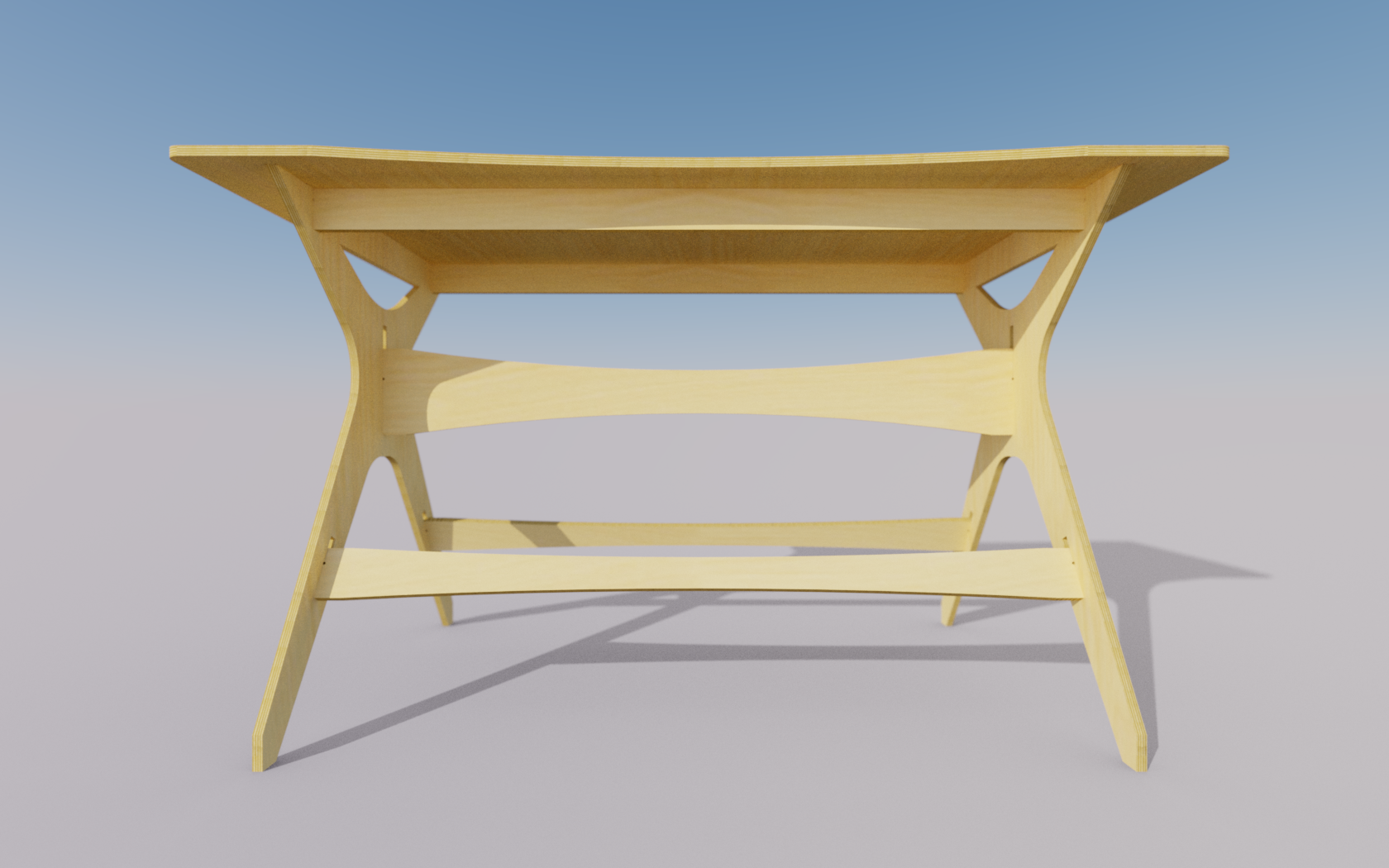
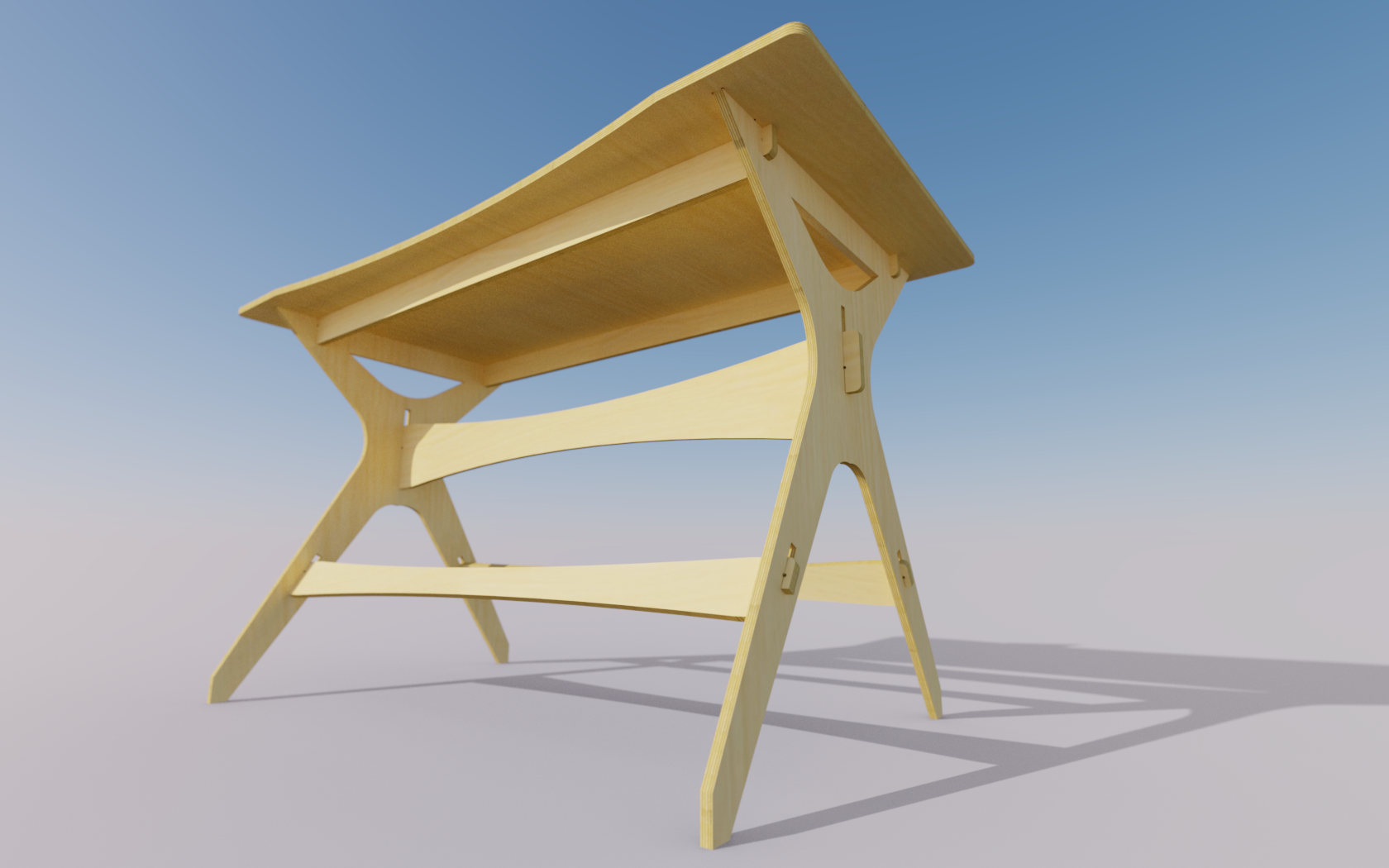
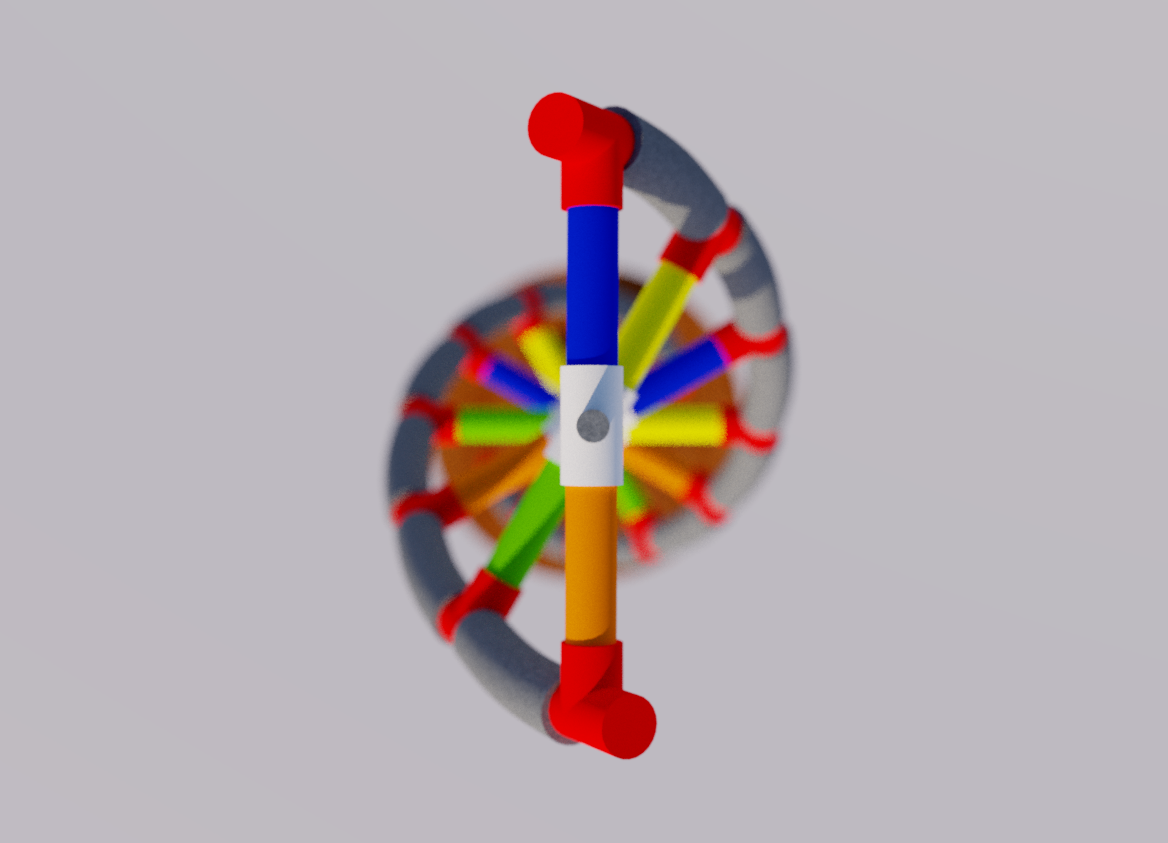
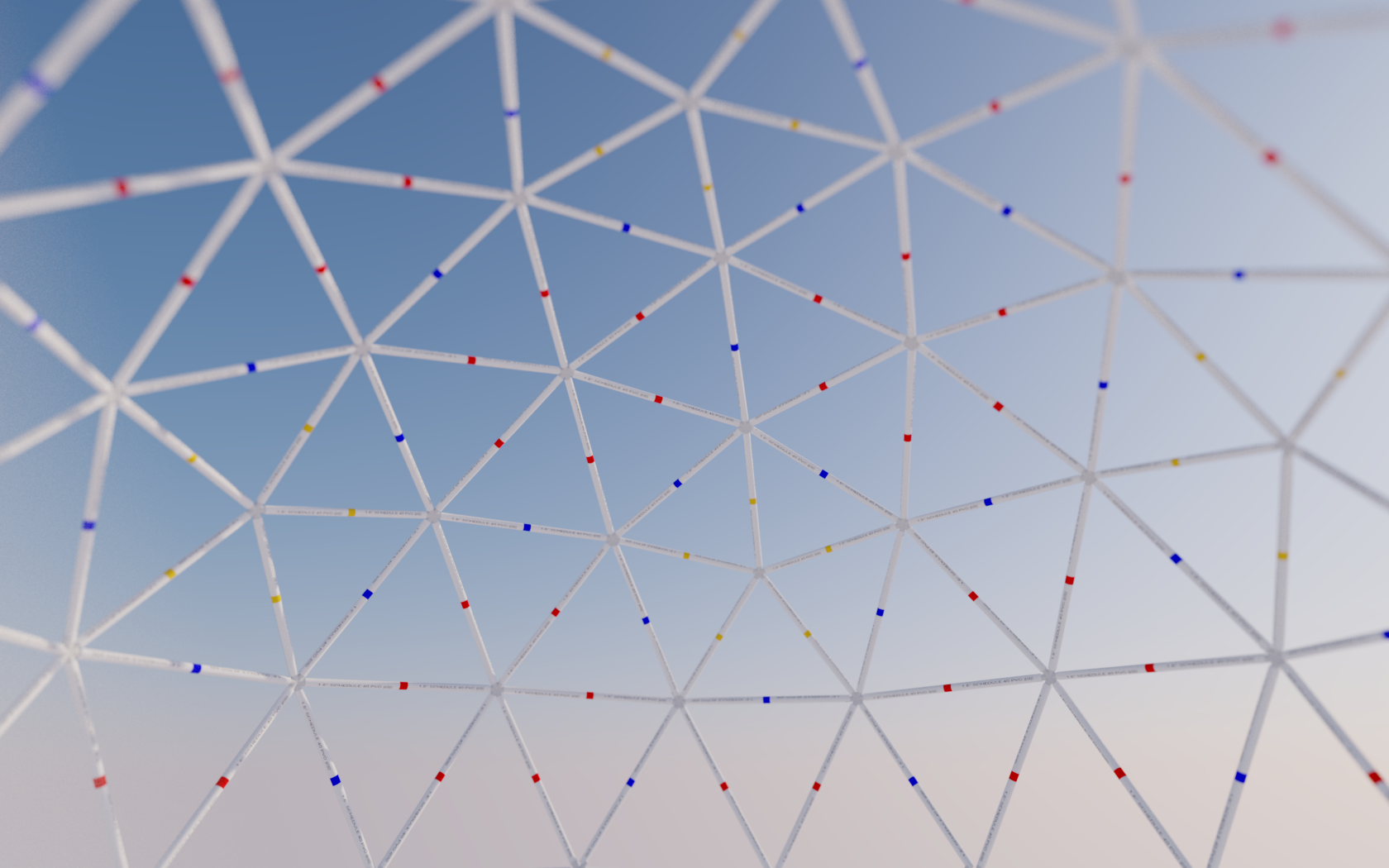
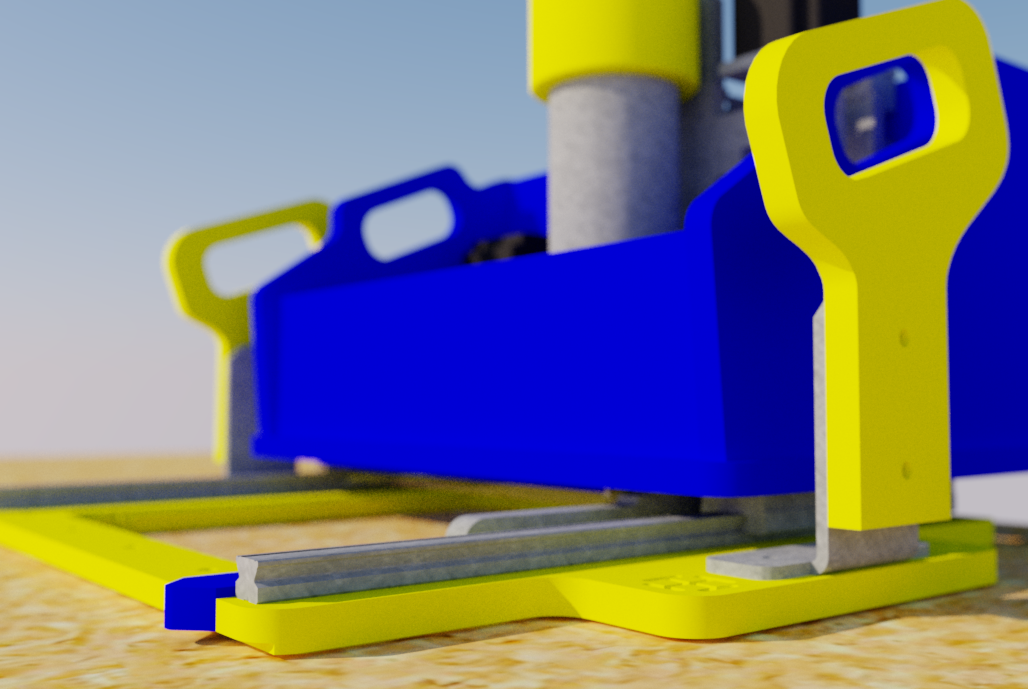


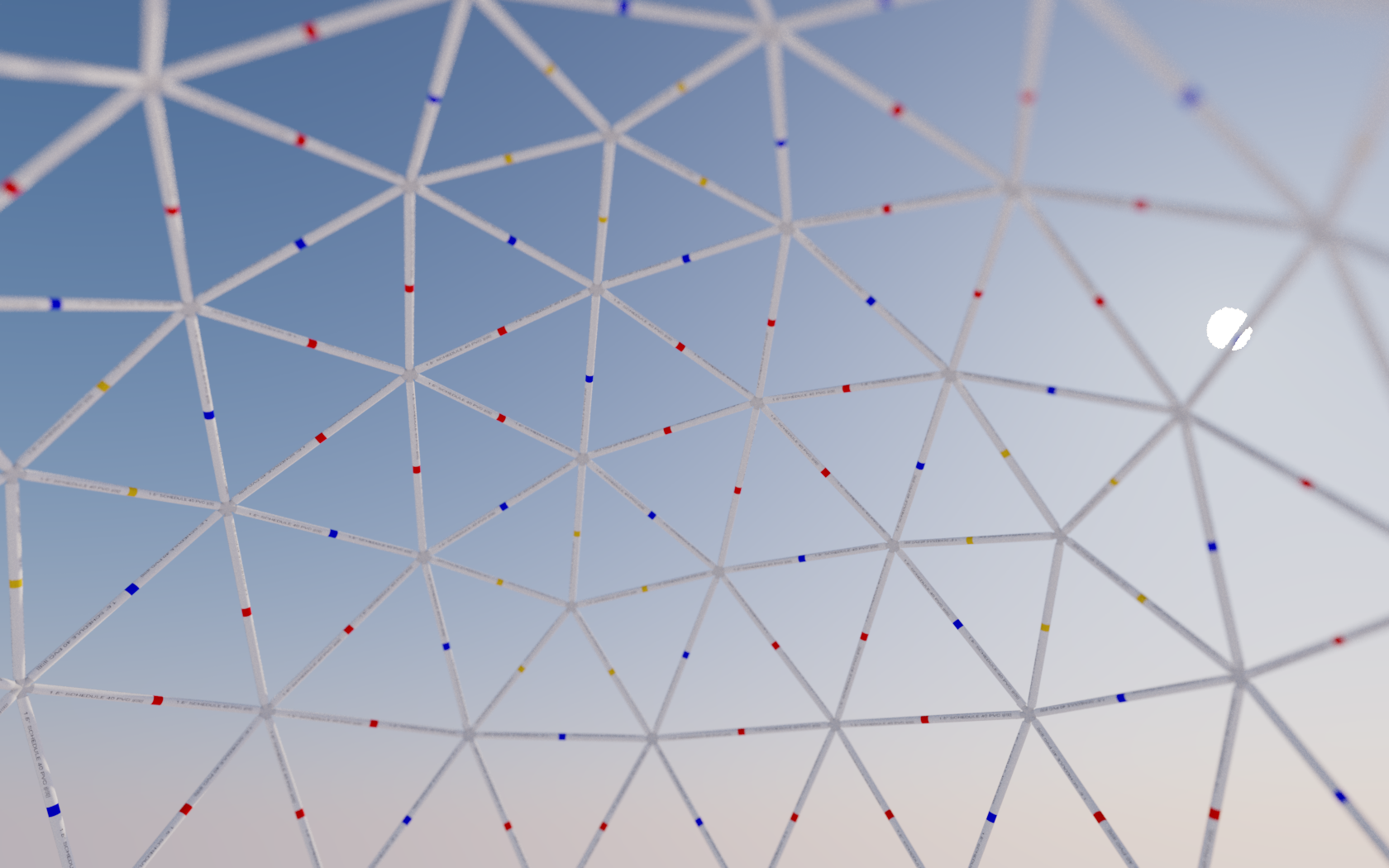
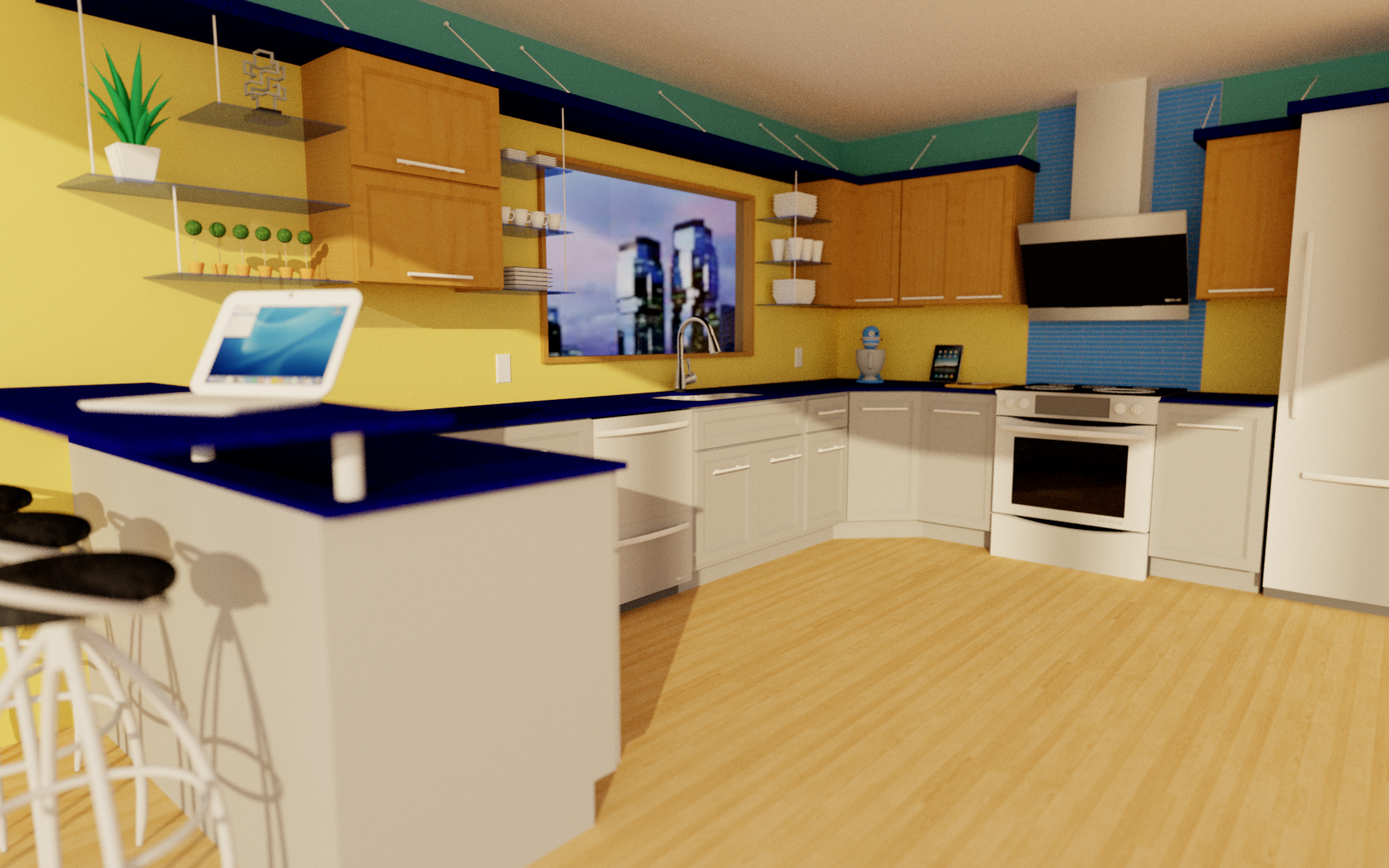
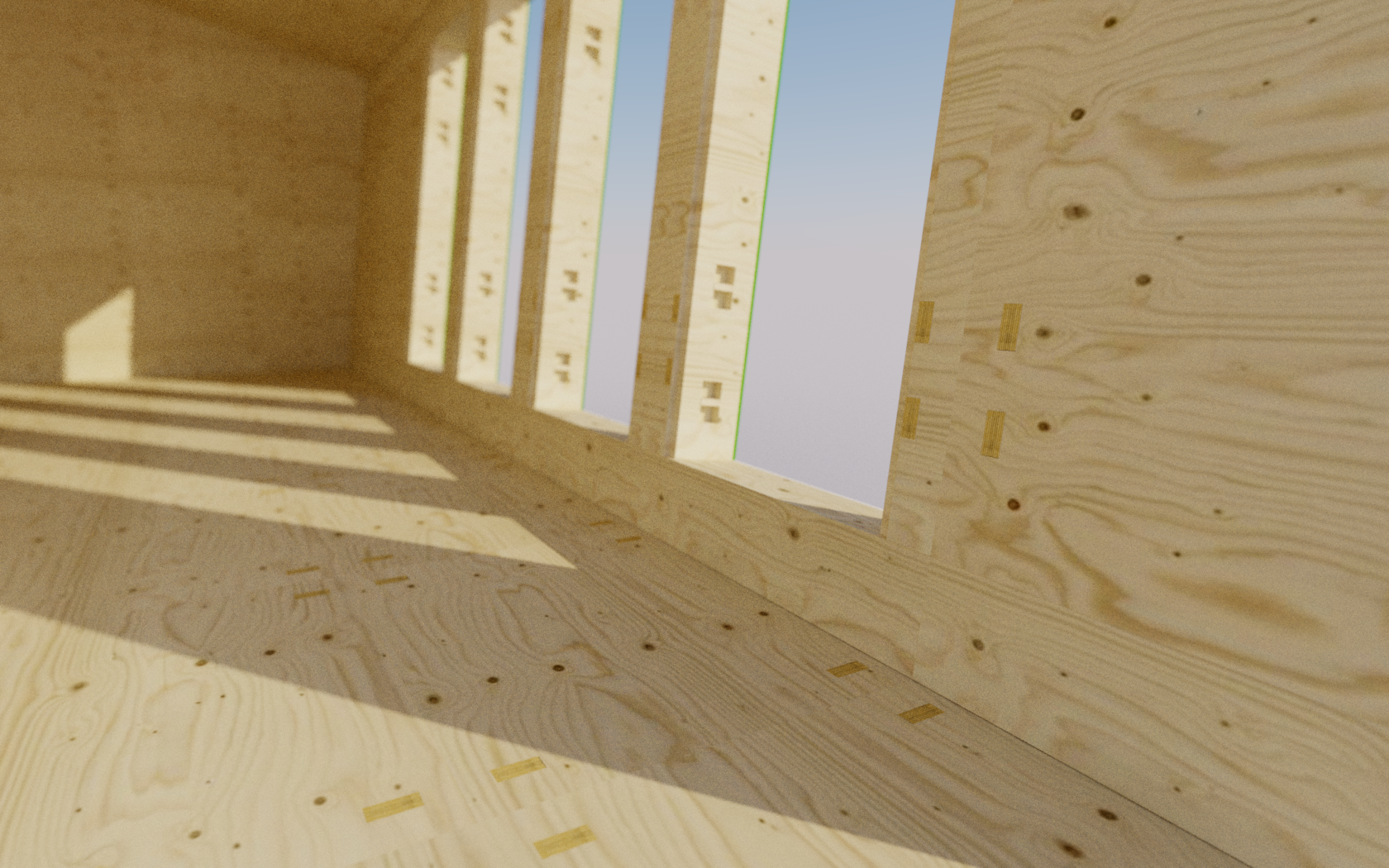
You may notice that some of the foreground and backgrounds of these renders are blurred. There is no post processing done here, it's all happening inside Visualizer. Just like a normal camera, Visualizer has a "depth of field" adjustment. This is much like an aperture adjustment in a camera. To adjust this, all you do is drag the depth of field slider, and then drag the target to what you want in focus:
Here I have the closest tube in focus. I did this just by adding a little depth of field and setting the target to the front.
In this one I've done the same trick but put the focus on one of the middle tubes.
I love Visualizer, it's fast and downright fun to use. Most renders take just a minute or two. It's my new "screenshot" for Sketchup. At $20 bucks it's a bargain of a renderer. I definitely recommend checking it out.


